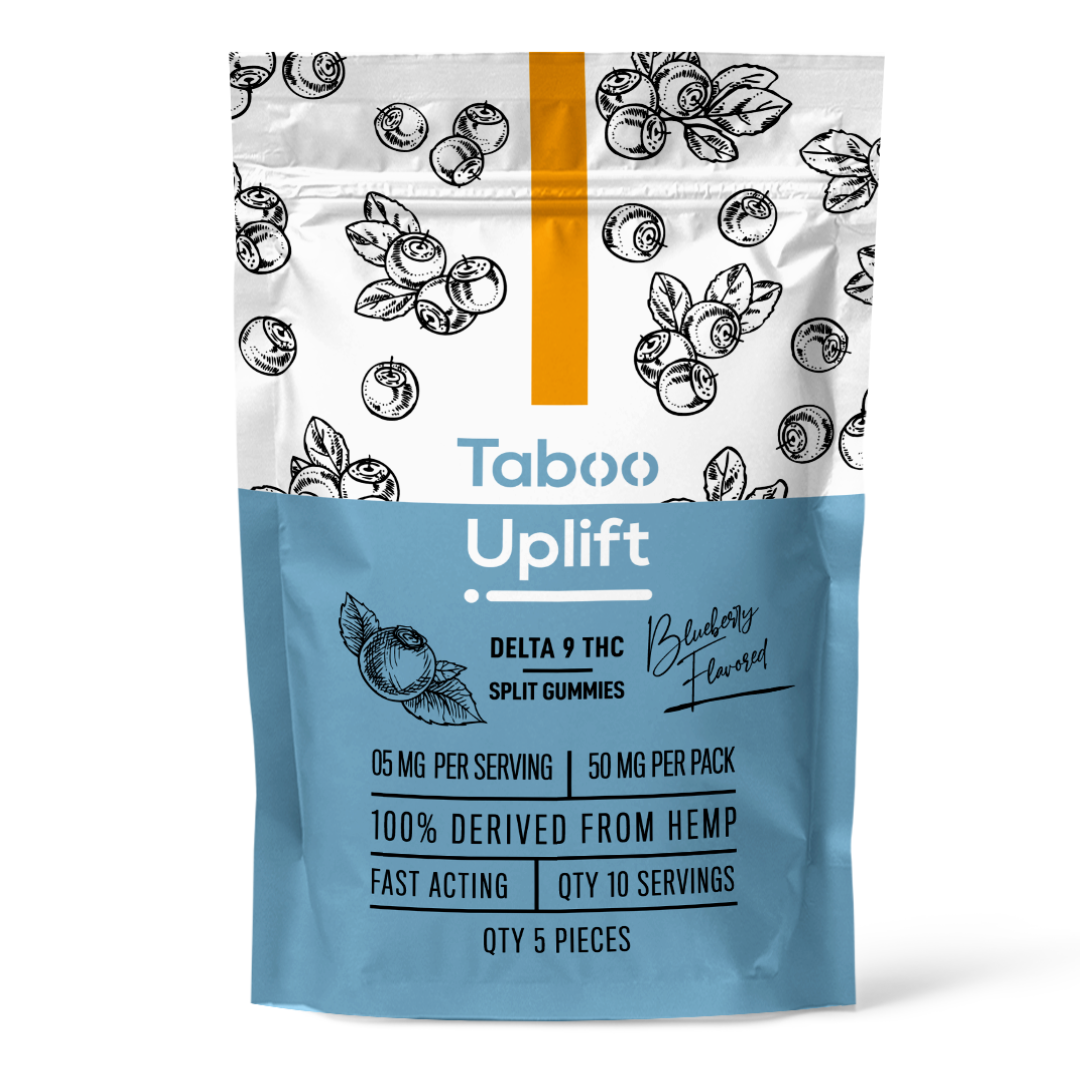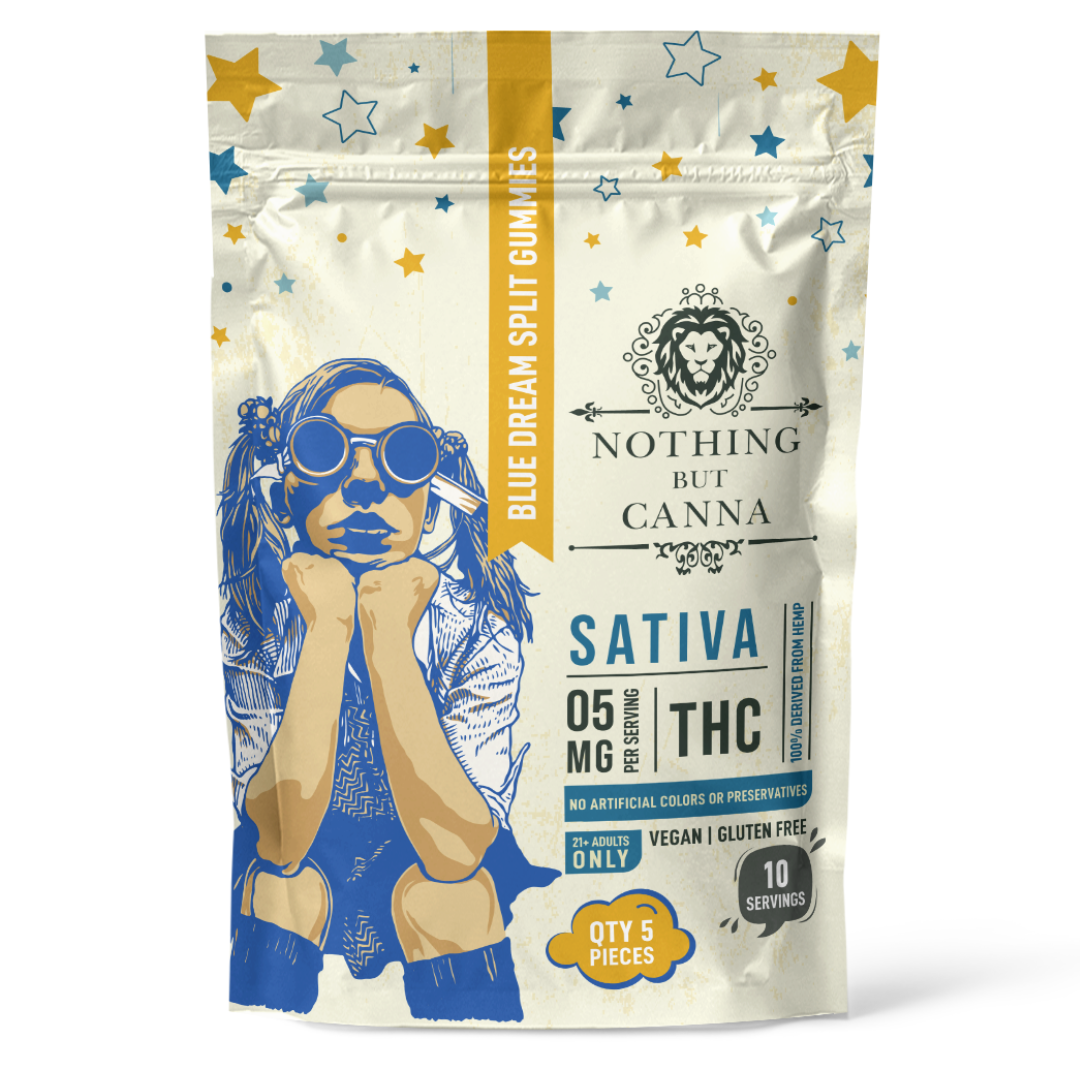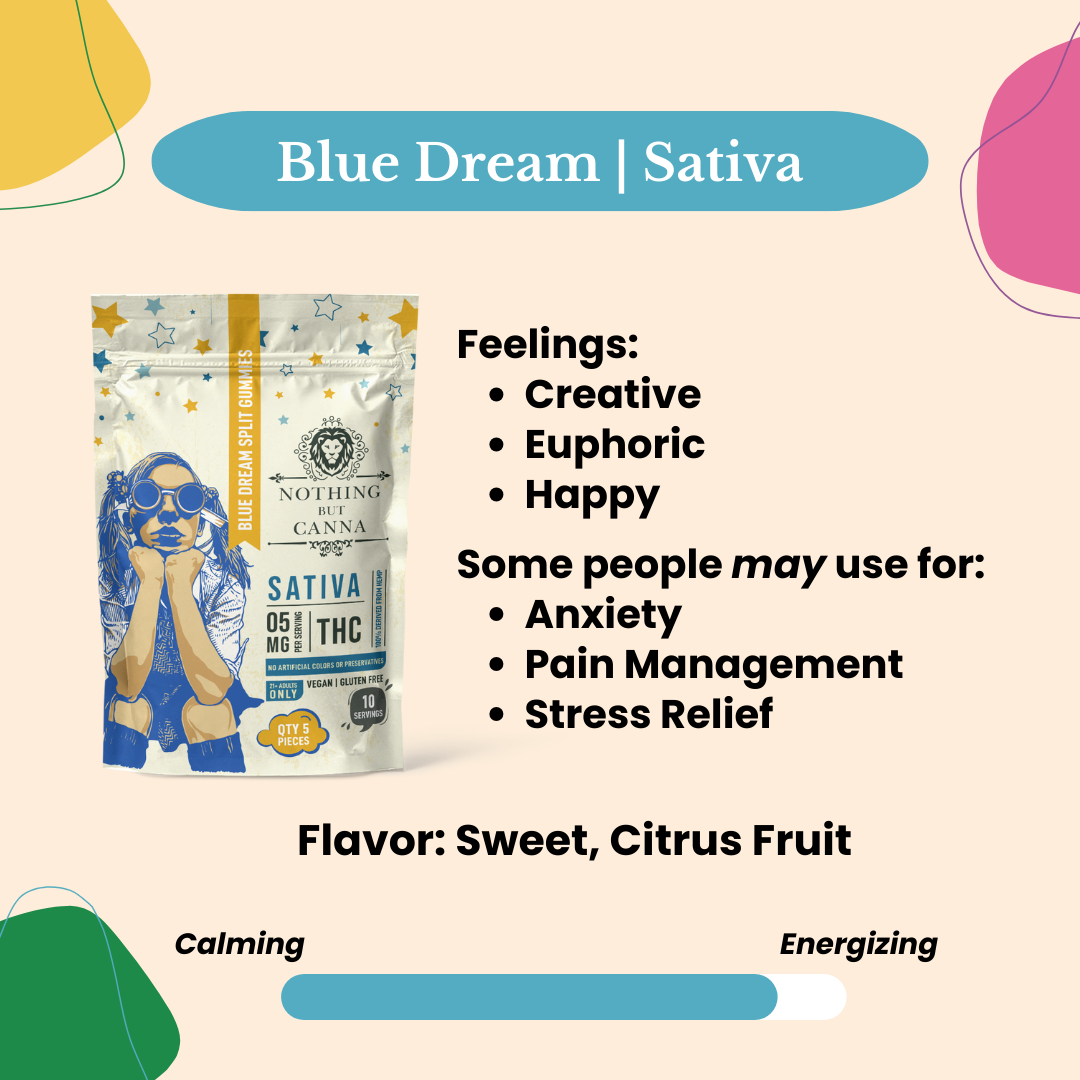
U.S. Senator Ron Wyden of Oregon recently told media that he supports hemp legislature because this relatively new crop is attracting young people to farming, a career that is much needed by society but is mainly worked by an ever-aging population.
However, farming can be a difficult profession to get into. New farmers face significant barriers, regardless of the agricultural product they plan to produce. New hemp farmers face those barriers as well as crop-specific ones.
Hemp is bringing young people back to the fields
Wyden, who recently introduced legislation to support the hemp industry, told Marijuana Moment that the “real driver” behind his cannabis advocacy is the young people the crop is bringing back to agriculture.
The aging farming population in the Unites States has been a growing concern among the country’s leaders for some time. In 2017, when the last census was released, the average age of U.S. farmers reportedly was 57.5, nearly 10 years older than the average age of farmers in the 1945 census.
“We’ve seen a lot of young farmers get very interested in hemp,” Wyden reportedly said during a U.S. Hemp Roundtable interview.
“At a time when the age of farmers in America keeps going up and up, to have all these young farmers interested and coming back to the farm because they see so much potential here” shows that “we’re on the right side of history,” he reportedly added.
New farmers face significant barriers
Hemp may be encouraging more young people to pick up farming, but these new farmers still have the same mountain of hurdles to overcome that other beginning farmers have, regardless of the type of operation. Some of these obstacles must be overcome before a farmer can even get started.
According to Successful Farming Magazine, the top three obstacles include access to land, student loan debt and business acumen.
In 2020, the Minnesota Department of Agriculture (MDA) released a report about the barriers that new and potential farmers face in the state. This report listed several more obstacles that became apparent during the six listening sessions where the information for the report was gathered. These barriers included finances, discrimination, rural health care, availability of resources, climate change, market access and infrastructure.
Six additional obstacles new hemp farmers face
New and aspiring hemp farmers face all of the same barriers that new farmers face, but they must contend with additional, crop-specific concerns as well.
Some additional barriers that affect hemp farmers include:
- Labor intensity: According to the Midwestern Hemp Database 2020 Research Report, hemp farmers must treat their crop as a high input specialty crop if their hemp operation is to be successful. Low seedling vigor, poor seed quality and high seed costs contribute to the need to establish a hemp crop via transplants versus direct seeding, which makes hemp more labor intensive than many other crops.
- THC compliance: Unlike other crops, hemp must undergo testing for THC compliance. Within 30 days of harvest, a crop must be tested by a facility that is registered with the U.S. Drug Enforcement Administration (DEA). The strict THC regulations also cause an element of risk to farmers. Crops that test over the allowed threshold must be destroyed or remediated, which can result in a loss of potential income to the farmer.
- Misidentification: Although the 2018 Farm Bill makes hemp a legal crop, hemp is often misidentified as marijuana, which is still federally illegal. There have been many instances of law enforcement officers confiscating hemp because they thought it was marijuana. Law enforcement officers aren’t the only ones confusing the crop. There have also been reports of thieves stealing hemp from the field after misidentifying it. Both hemp and marijuana are Cannabis sativa plants, so the only way to properly identify a plant is with accurate THC testing.
- Oversupply: In 2019, roughly 250,000 acres of hemp was reportedly planted in the United States. This was nearly triple the amount grown in 2018. However, the existing markets for hemp products did not grow this significantly. Although there were reportedly fewer acres of hemp grown in 2020, the oversupply problem remained. Hemp Grower Magazine reported that there was 135 million pounds of excess biomass across the United States in 2020. This oversupply is problematic for hemp farmers because it drives down prices and makes it more difficult to sell their crop.
- Insurance: While crop insurance is available for a variety of crops, not all crops are treated the same. Some reports indicate that crop insurance for hemp is more expensive than it is for other crops. Reports also indicate there are more limitations to the insurance protection. For example, growers can choose between Multi-Peril Crop Insurance in certain states, and the nationally available Noninsured Assistance Program and Whole-Farm Revenue Protection. Private insurance is also an option. However, a hemp crop that tests above the THC threshold is reportedly not an insurable cause of loss in any of these programs. Also, that portion of the farm’s production does not count for production history purposes and will not count in a farm’s Actual Production History (APH). Reportedly, growers also cannot obtain insurance without a growing history.
- Processing infrastructure: Hemp can be grown for its seeds, cannabinoids or fiber, but access to processing facilities have created a bottleneck in the supply chain. CBD production, seed production and fiber production each requires different machines to process the raw crop into the desired end product. For example, decortication machines are needed to separate hemp fiber and hurd, which both come from the plant’s stalk. If there are no decorticators in an area, fiber production may not be a viable growing operation for area farms. In the same way, growing hemp for cannabinoids or seeds may not be viable options in areas that lack the infrastructure for processing those products.
Hemp’s ability to inspire young people to take up farming is certainly a hopeful sign. However, new farmers, especially new hemp farmers, have more obstacles to overcome than many people realize. If these young farmers are to be truly successful in their new farming careers, it may be necessary for our society to closely examine these barriers and consider changes that could help minimize those obstacles.
Sources
[3] https://www.auri.org/ag-innovation-news/jul-sep-2020/barriers-to-emerging-farmers/
[4] https://www.mda.state.mn.us/report-addressing-future-farming-minnesota-released
[5] https://www.agriculture.com/news/business/barriers-for-beginning-farmers
[7] https://www.agriculture.com/news/business/6-key-provisions-of-usda-s-hemp-final-rule-now-in-effect
[9] https://www.naturalproductsinsider.com/supply-chain/5-problems-hemp-farmers-face-year
[12] https://extension.psu.edu/crop-insurance-for-industrial-hemp
[13] https://www.hempgrower.com/article/hemp-insurance-usda/






































